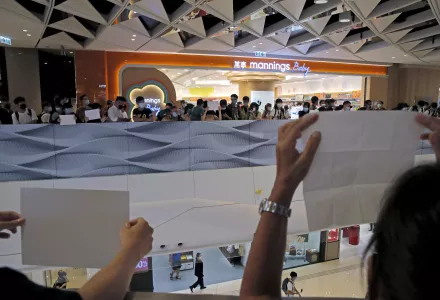
Abstract
Over the past fifty years, nonviolent civil resistance has overtaken armed struggle as the most common form of mobilization used by revolutionary movements. Yet even as civil resistance reached a new peak of popularity during the 2010s, its effectiveness had begun to decline—even before the covid-19 pandemic brought mass demonstrations to a temporary halt in early 2020. This essay argues that the decreased success of nonviolent civil resistance was due not only to savvier state responses, but also to changes in the structure and capabilities of civil-resistance movements themselves. Perhaps counterintuitively, the coronavirus pandemic may have helped to address some of these underlying problems by driving movements to turn their focus back to relationship-building, grassroots organizing, strategy, and planning.
Chenoweth, Erica. "The Future of Nonviolent Resistance." Journal of Democracy, vol. 31. no. 3. (July 2020): 69–84 .
The full text of this publication is available via Journal of Democracy.




